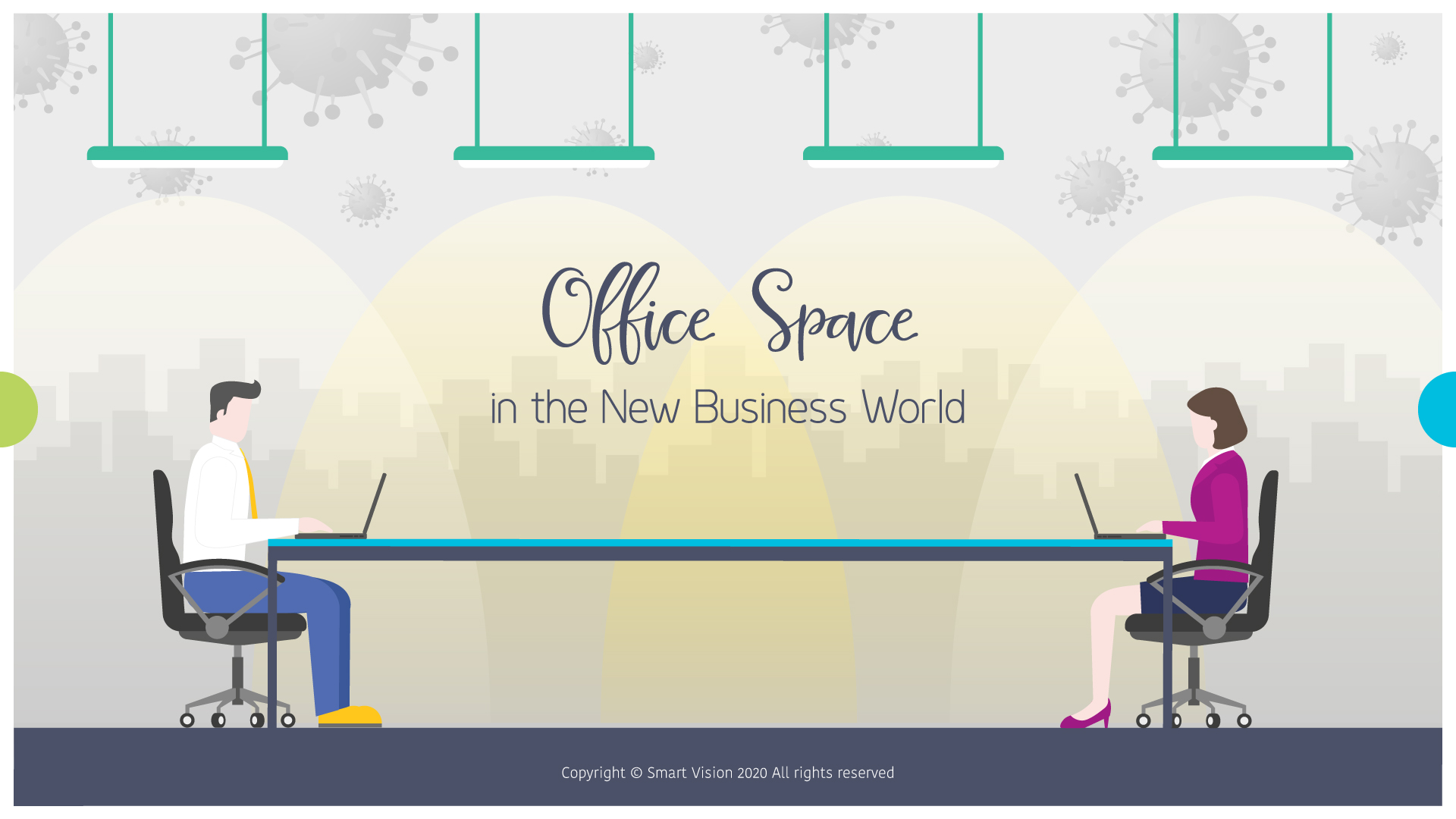With the opening of the SC Johnson headquarters in Wisconsin in 1939, designed by architect Frank Lloyd Wright, the concept of an open office space was introduced. Over time, perhaps due to the fact that this way of organization meant lower costs, open space became more common. Although it is commonly believed that open space offices contribute to efficiency and face-to-face interaction, over time studies have shown that the communication of colleagues is reduced by as much as 70% in this kind of office space, and that electronic correspondence takes precedence. However, such findings did not affect the popularity of open space. Its reorganization and transformation was initiated by the Corona virus. It can be said that Covid-19 threatened not only the existence of open space, but also offices as such.
In new conditions like these, it is necessary to think about the arrangement of desks, the organization of the work surface, but also about the movement through the office. According to the World Economic Forum, in addition to reducing the seating density, which is dictated by the recommended distance of 2m, some of the changes may also be:
- Increasing the number of partition walls between different departments will be accompanied by the creation of wider corridors for movement around the office.
- End of use of the air conditioning system. Window opening is the next trend.
- Encouraging certain ways of moving through the office, including clockwise or one-way travel. Of course, it all depends on the business space itself.
- Technological changes – automatic door opening, elevator call via mobile phone and voice command may soon be more widely used.
- Applying those seemingly small but significant measures, such as reminding you to increase hygiene and the recommended distance (either by applications or by various labels such as infographics) or by creating disposable paper tablecloths for your desk.
Change is one word that we can connect with all aspects of life: with the functioning of public transport, with the dominant patterns of shopping, education, and thus with everyday office work. However, all changes in the work space, no matter how difficult they may be, are taken over with the best intentions – striving to protect the members of their team.





